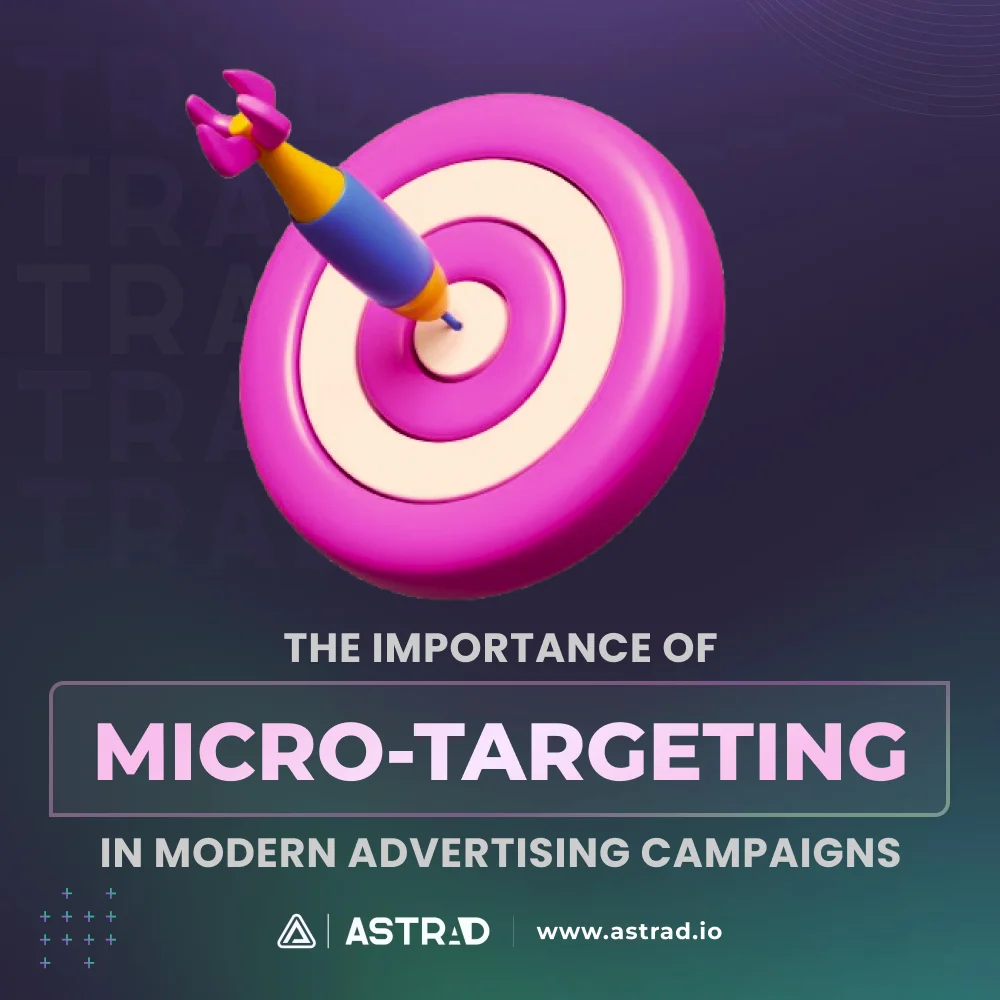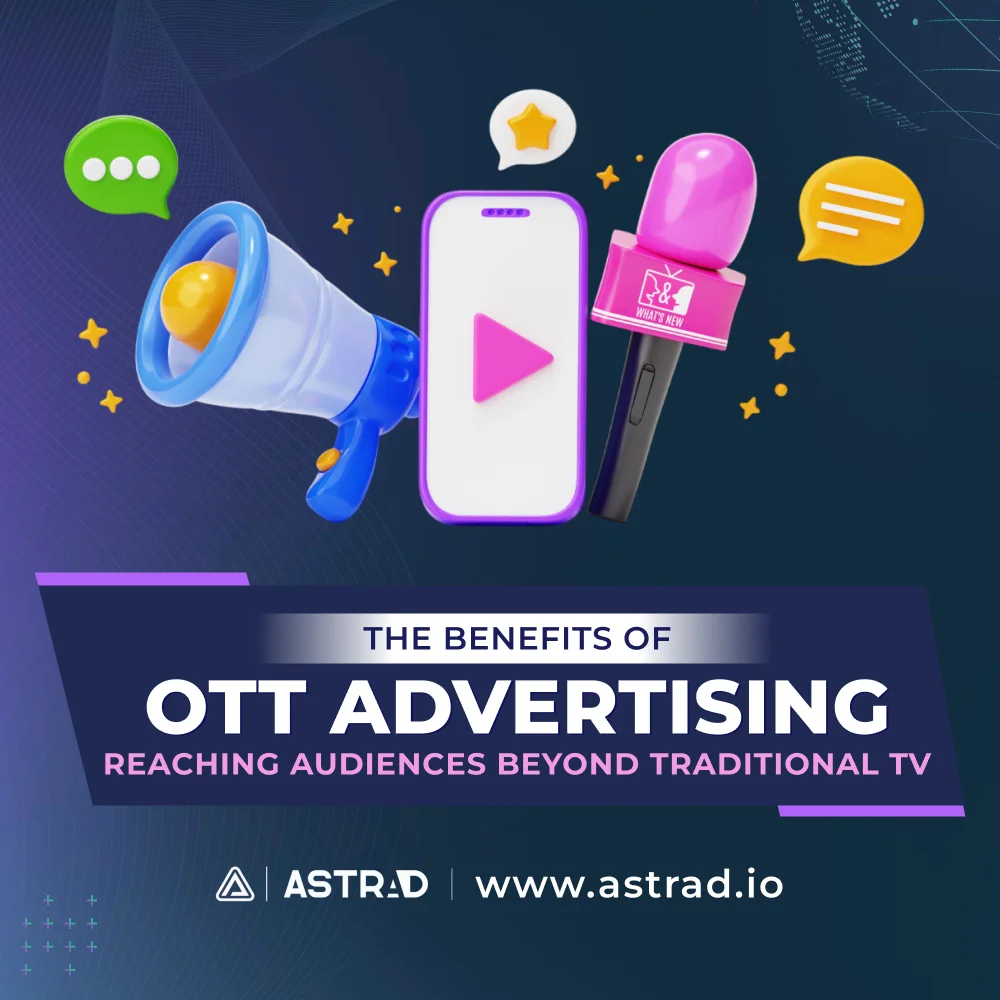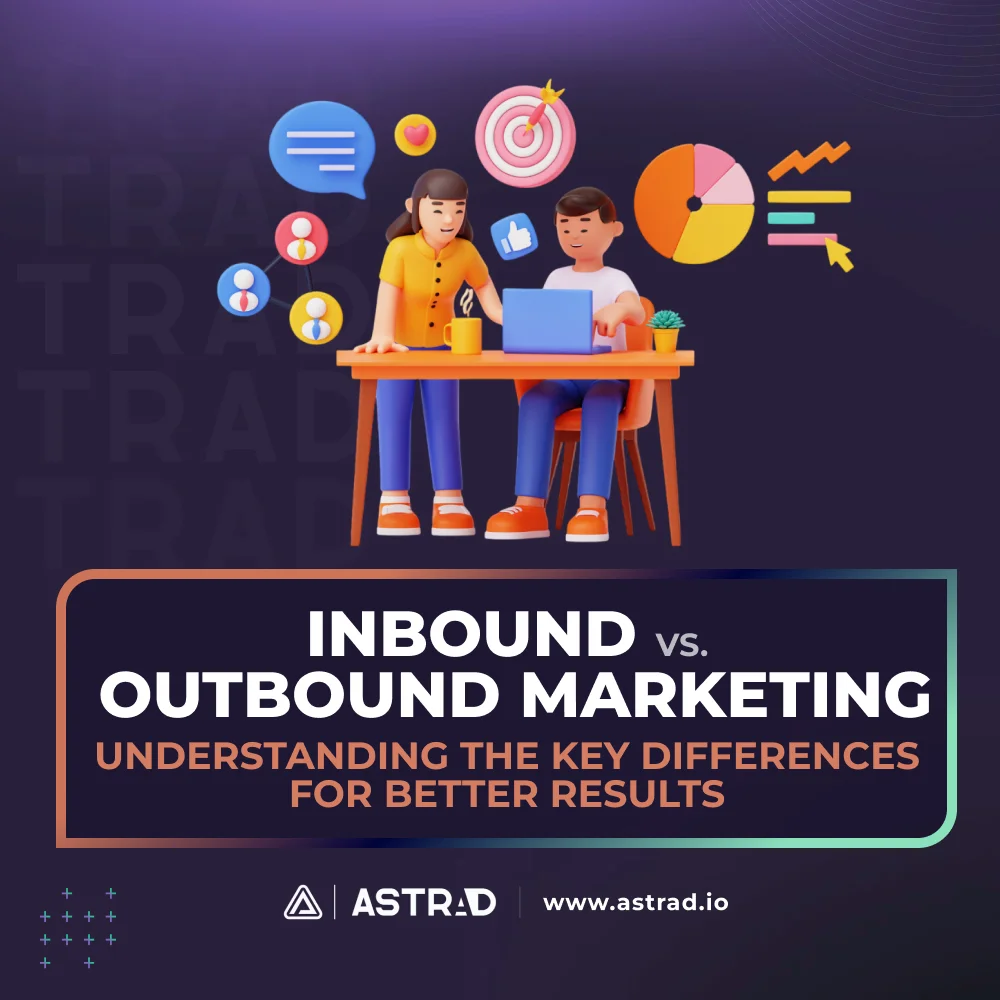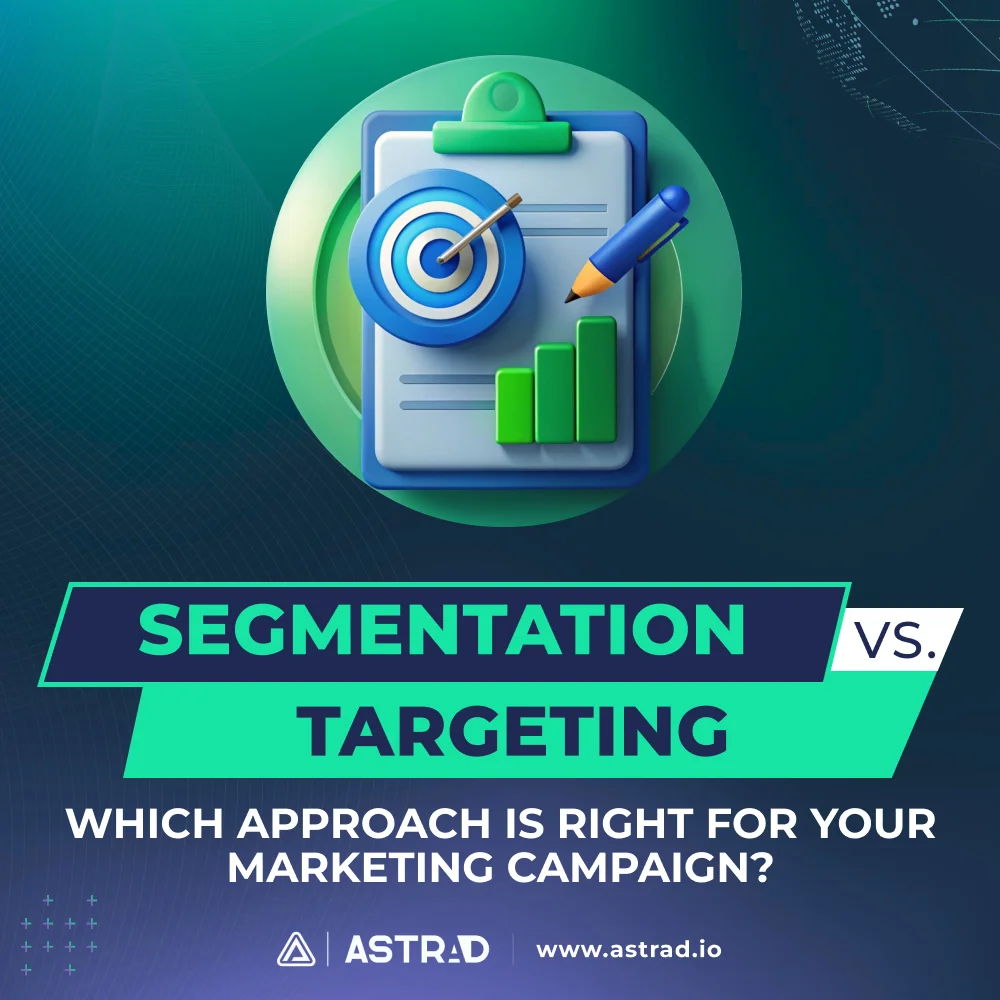Remember that scene in “Minority Report” where Tom Cruise walks through a mall and digital billboards scan his eyes, calling him by name and offering him products tailored to his preferences? In 2002, that seemed like far-fetched sci-fi. Fast forward to today, and we’re living in a world where ads know more about us than some of our friends do, minus the creepy eye scanning, thankfully.
The days of blasting generic messages to the masses like confetti at a parade are as extinct as flip phones. Modern advertisers have ditched the shotgun approach for the precision of a surgical laser, zeroing in on exactly who wants their products and why. This revolution has a name: micro-targeting. And it’s not just changing how ads reach us — it’s completely rewriting the playbook for how brands connect with consumers.
But here’s the kicker: while mega-corporations were early adopters of micro-targeting marketing, the democratization of advertising tools means that businesses of all sizes — from Fortune 500 giants to the bakery down the street — can now harness the power of hyper-specific audience segmentation. Let’s dive into why this matters and how it works.
What Is Micro-Targeting in Advertising?
At its core, micro-targeting is the digital equivalent of a heat-seeking missile — it finds exactly who you want to reach and delivers your message with pinpoint accuracy. Unlike traditional advertising that casts wide nets hoping to catch a few interested fish, micro-targeted advertising uses data to identify and target specific individuals or small groups who are most likely to respond positively to your offer.
Think of it as the difference between shouting in a crowded room versus whispering the exact right thing to exactly the right person. One creates noise; the other creates connection.
The fuel that powers this engine? Data — mountains of it. From browsing history and purchase behavior to social media interactions and geographic location, modern platforms collect and analyze user information to build detailed profiles. These profiles allow advertisers to segment audiences with surgical precision.
Key Characteristics of Micro-Targeting Campaigns
Micro-targeting isn’t just regular advertising with a fancy name slapped on it. It represents a fundamental shift in approach and execution.
The hallmarks of effective micro-targeting campaigns include:
- Hyper-Specific Audience Segments: Rather than targeting “women 25-45,” micro-targeting might focus on “new mothers in urban areas who recently purchased organic baby products and have searched for eco-friendly diapers in the last 14 days.”
- Personalized Messaging: Generic one-size-fits-all messaging gets replaced with highly customized content that speaks directly to the specific needs, pain points, or desires of each segment.
- Dynamic Creative Elements: Images, headlines, and CTAs that automatically adjust based on who’s viewing them, creating essentially unique ads for different audience subsets.
This precision approach means every ad dollar works harder because you’re only showing your message to people with a high probability of interest. It’s like fishing with a spear instead of a net — more efficient and with less wasted effort.
The Benefits of Micro-Targeting in Modern Advertising
So why should advertisers care about micro-targeting? Because it solves the two biggest problems in advertising: wasted spend and consumer annoyance. Let’s break down the specific advantages.
Increased Relevance
Ever been stalked around the internet by ads for products you have zero interest in? That’s the opposite of micro-targeting. When done right, micro targeting ensures your ads appear only to people who actually might care about what you’re selling.
This relevance creates a virtuous cycle: consumers see ads that match their interests, they engage more, platforms register that engagement as positive feedback, and your ads get shown to similar users. Everyone wins — especially your conversion rates.
Cost Efficiency
Here’s a secret of traditional advertising: most of your budget gets wasted on people who will never, ever buy your product. Micro-targeting flips this equation by focusing your spend exclusively on high-potential prospects.
The math is simple but powerful. If you spend $1,000 on a campaign that reaches 10,000 people with a 1% conversion rate, you’ll get 100 conversions at $10 each. But if micro-targeting lets you reach just 2,000 highly qualified prospects with a 5% conversion rate, you’ll get 100 conversions at just $2 each. Same result, one-fifth the cost.
Improved Customer Experience
Consumers don’t hate all advertising — they hate irrelevant, intrusive advertising. Micro-targeting improves the user experience by showing people ads that actually align with their interests and needs.
When someone sees an ad that solves a problem they’re actively trying to solve, it doesn’t feel like an ad anymore — it feels like a helpful suggestion. This shift in perception transforms advertising from an intrusion to a service.
Higher Conversion Rates
The ultimate proof is in the performance. Micro-targeting campaigns consistently deliver higher conversion rates than broader approaches. When you combine the right audience with the right message at the right time, magic happens.
This performance boost isn’t just theoretical — it’s mathematical. More relevant ads lead to higher click-through rates, more engaged website visits, and ultimately more conversions. The precision of micro-targeting simply bypasses many of the friction points in traditional advertising funnels.
How Micro-Targeting Advertising Works
Understanding the benefits is one thing, but how does micro-targeting actually function in practice? Let’s peek behind the curtain.
Effective micro-targeting operates through a three-stage process that transforms raw data into perfectly positioned ads.
Data Collection and Segmentation
Everything starts with information. Brands collect first-party data from their websites, apps, and customer databases. They combine this with third-party data from platforms and data providers to build comprehensive audience profiles.
These profiles then get segmented based on various factors:
- Demographic Segmentation: Age, gender, income, education level
- Geographic Targeting: Location down to zip code or even radius around specific points
- Behavioral Patterns: Past purchases, website interactions, app usage
- Psychographic Profiles: Values, interests, lifestyle choices
- Technographic Data: Device types, operating systems, browser preferences
The most sophisticated micro-targeting campaigns combine multiple layers of these segments to identify incredibly specific audience niches.
Personalization of Ads
Once you know exactly who you’re talking to, you can craft messages that resonate on a deeply personal level. This is where micro targeting marketing truly shines.
Personalization goes far beyond just changing the name in an email. It means adapting every element of your advertising:
- Headlines that address specific pain points
- Images that reflect the user’s demographics or interests
- Offers tailored to previous buying behavior
- Language and tone that match the segment’s communication preferences
The best micro-targeting campaigns create dozens or even hundreds of variations of ad creative, each designed to connect with different audience segments.
Dynamic Ad Delivery
The final piece of the puzzle is getting these personalized ads in front of the right eyes at precisely the right moment. This is where artificial intelligence and machine learning enter the picture.
Modern ad platforms use algorithms that process thousands of signals in milliseconds to determine:
- Which ad variation to show
- When to display it
- Where it should appear
- How frequently it should be shown
- What bid makes sense for this particular impression
This happens in real-time, allowing micro targeting campaigns to adapt on the fly based on performance data and changing user behavior.
Why Micro-Targeting Matters Now More Than Ever
In a digital world flooded with content and ads, standing out requires precision. Micro-targeting isn’t just a fancy technique — it’s becoming the baseline expectation for effective advertising.
The convergence of data availability, powerful analytics tools, and sophisticated delivery platforms has created perfect conditions for micro-targeting to thrive. Brands that master this approach gain a significant advantage: the ability to speak directly to consumers as individuals, not anonymous data points in a sea of users.
For small and medium businesses, micro-targeting levels the playing field. Without the massive budgets needed for broad awareness campaigns, these companies can compete by focusing resources on exactly the right customers with perfectly tailored messages.
The future belongs to advertisers who can find their ideal customers with laser focus, deliver precisely what those customers want, and build relationships based on relevance and value. Micro-targeting isn’t just an advertising technique — it’s the foundation of modern customer connections in a digitally saturated world.






